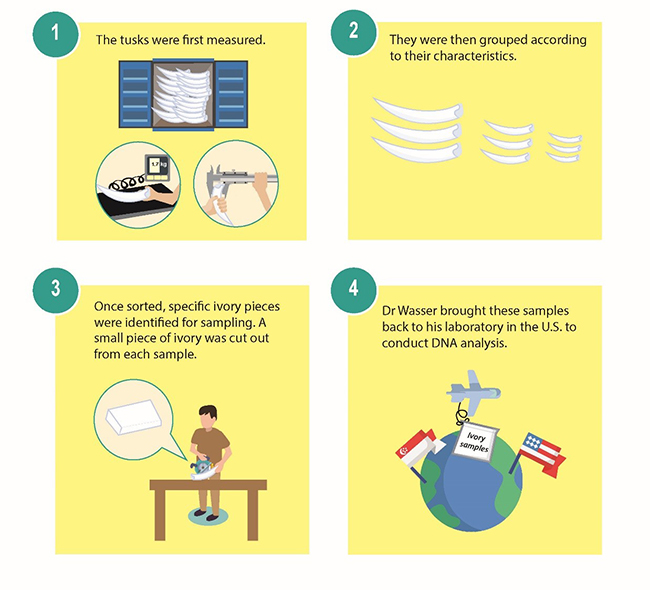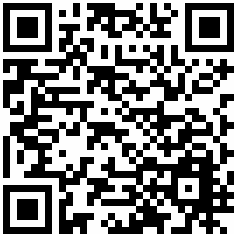The Agri-Food & Veterinary Authority of Singapore (AVA) has been working closely with local and international partners to act on illegal wildlife trade and smuggling into or through Singapore. On 5 March this year, AVA and the Immigration and Checkpoints Authority of Singapore (ICA) seized a container of illegal elephant ivory which weighed about 3.5 tonnes. The shipment, declared to contain groundnuts, originated from Nigeria and was to be re-exported to Vietnam.
This was the second largest haul of illegal elephant ivory in Singapore in a decade. For this amount of ivory, at least 850 elephants would have been poached and killed. According to the Convention on International Trade in Endangered Species of Wild Fauna and Flora (CITES), more African elephants are being killed for ivory today than are being born. Approximately 60% of elephants die at the hands of poachers.
Steps to Take Elephant Poachers to Task
AVA’s work did not end with the seizure of the ivory. To tackle the problem upstream, it is important to identify hotspots for poaching and illegal ivory trade. To do this, AVA collaborated with leading conservation biologist Dr Samuel K Wasser and his team from the University of Washington, as well as with officers from the US Homeland Security Investigations, to conduct DNA analysis of samples from this seizure.

Dr Wasser first developed technology to extract DNA from faeces, which allowed him to map elephant genes across Africa. Following that, in 1998, he successfully extracted DNA from ivory and could now compare it against the genetic map plotted earlier. In an interview with the New York Times in 2016, Dr Wasser stated that these DNA tests are so accurate that he could “take a tusk from anywhere in Africa and trace its origins to within 300km of where that elephant was killed, often to the very park or reserve.”
Such information has enabled conservationists to find out where syndicates operate, and sometimes stop the crimes from happening. Back in 2005, Dr Wasser was in Singapore to extract ivory samples for DNA testing. That ivory came from a shipment seized here in 2002. Using Dr Wasser’s method, results showed that the ivory had come solely from elephants that lived in Zambia. That information helped Zambian police to focus on poachers and traders in the area, facilitating their enforcement and preventive work.








